Nature's Palette: Incorporating Biophilic Design with Seasonal Rugs
If you are searching for something to add to the cozy ambiance of your home, then opting for a biophilic design in seasonal rugs could just be that transformative element your living space always needed. When shopping for rugs, you’ll often come across the term, “nature’s palette,” but what does that even mean.

The term “biophilic” was first used to identify something that relates to biophilia. The word was first coined by E.O. Wilson who was a biologist and mentioned it in his book “Biophilia,” released in 1984. In short, the term has got to do with the connection between humans and nature, and the fact that humans are innately attracted towards nature, and have a strong desire to be close to nature. That’s why we get that feeling of serenity whenever we’re strolling through the park.
When it comes to home décor, biophilic design means adopting a natural look and colors when searching for seasonal rugs, as in, opting for colors that are found in nature's palette.
This means, going for seasonal rugs that have that ability to ground a room. These are the characteristics that play a pivotal role in achieving the principles of Biophilic Design.

Welcome Spring with Floral Rugs
As we welcome the rejuvenating spirits of spring, let’s admit that floral rugs are the go-to for attaining that Biophilic bliss. Floral rugs are adorned with patterns of blossoms and often have vibrant hues that help capture the essence of nature's renewal, aka spring. If you want to give your home a fresh look with an organic touch, then floral rugs in hues from nature’s palette will bring the blossoms of spring to your home.

Coastal Rugs for Summer Serenity
Summer is that time of the year when you look to get that beach bod in shape and figure out what you’re going to wear to beach parties. But, that doesn’t mean your home can’t use some TLC with coastal rugs that inspire the summer breeze and the sea. Coastal rugs are a great way to evoke the feeling of those rhythmic lapping of waves with shades of aquatic blue. You can lay the coastal rug in your living room or bedroom and it will fuse naturally with the surrounding ambiance with relative ease. So, this summer, you can beat the summer heat indoors with refreshing coastal rugs.

Hear the Whispers of Winter with Nordic Rugs
While the world is under a thick blanket of snow, you can count on a rich Nordic rug to add a touch of class and cozy comfort to your living space. These rugs are known for their geometric patterns that are associated with Scandinavian culture. So, this winter, remain snug as you enjoy the warmth of a Nordic rug.
While it’s good to keep your home’s décor up with the season, adding seasonal rugs from The Rugs that incorporate Biophilic design can spruce up any living space and reflect your personal style.

Seasonal Rugs: Transforming Your Home Throughout the Year
Seasonal rugs offer a fantastic way to refresh your home's decor with the changing seasons. These versatile floor coverings allow you to effortlessly update your living spaces without a complete redesign. From cosy autumn hues to bright spring patterns, seasonal rugs can set the mood for each time of year. When selecting seasonal rugs, consider durable materials that can withstand regular changes and storage. Opt for designs that complement your existing decor while bringing in seasonal elements. Remember to choose appropriate sizes for each room to ensure a cohesive look.

Seasonal Kitchen Rugs: Adding Warmth and Style to Your Culinary Space
Incorporating seasonal kitchen rugs can bring a delightful touch of charm to your cooking area. These rugs not only add comfort underfoot but also protect your floors from spills and wear. Choose easy-to-clean materials like polypropylene or cotton for practical use in the kitchen. Consider themes that reflect each season, such as harvest motifs for autumn or floral patterns for spring. Seasonal kitchen rugs can also help define different areas in open-plan kitchens, creating a cosy atmosphere in dining nooks or in front of the sink.
Seasonal Area Rugs: Creating Focal Points in Every Room
Seasonal area rugs can dramatically transform the ambiance of your living spaces throughout the year. These larger rugs serve as stunning centrepieces in living rooms, bedrooms, or dining areas. Opt for rich, warm colours in autumn and winter, transitioning to lighter, brighter hues for spring and summer. Consider textural elements like high-pile rugs for winter cosiness or flatweave designs for a breezy summer feel. Seasonal area rugs also offer an opportunity to experiment with bold patterns or themes that might be too overwhelming as permanent fixtures.

Seasonal Outdoor Rugs: Extending Your Living Space to the Garden
Bring the comfort of indoor living to your outdoor areas with seasonal outdoor rugs. These rugs are designed to withstand the elements while adding style to your patio, deck, or balcony. Look for weather-resistant materials that can handle sun exposure and occasional rain. Choose colours and patterns that complement your outdoor furniture and landscaping. Seasonal outdoor rugs can help define seating areas and create a seamless transition between indoor and outdoor spaces. Remember to select appropriate sizes to fit your outdoor layout comfortably.
Seasonal Throw Rugs: Versatile Accents for Any Room
Seasonal throw rugs offer a quick and easy way to update your home's decor with each passing season. These smaller rugs can be placed in entryways, kitchens, or as accents in larger rooms. Their versatility allows for easy swapping and storage when not in use. Consider playful holiday-themed designs for winter or vibrant florals for summer. Seasonal throw rugs are also excellent for adding a pop of colour or pattern to neutral spaces. Choose non-slip options for high-traffic areas to ensure safety and practicality.

Seasonal Bathroom Rugs: Comfort and Style in Your Personal Spa
Transform your bathroom into a seasonal retreat with carefully chosen bathroom rugs. These functional pieces can add both comfort and style to your personal grooming space. Opt for absorbent materials like cotton or microfibre that can handle moisture while feeling soft underfoot. Consider coordinating your seasonal bathroom rugs with shower curtains and towels for a cohesive look. Choose calming winter whites for a spa-like feel or bright, cheerful colours to welcome spring and summer. Remember to select appropriate sizes for your bathroom layout, ensuring safety around wet areas.
Seasonal Mug Rugs: Charming Accessories for Your Tabletop
Seasonal mug rugs are delightful miniature rugs designed to protect your surfaces from hot beverages and snacks. These charming accessories offer a fun way to incorporate seasonal themes into your daily routine. Choose festive designs for holiday gatherings or floral patterns for springtime tea parties. Mug rugs can be easily swapped out to match the season or your current decor preferences. Consider machine-washable options for easy care and maintenance. These small rugs also make excellent gifts or party favours for seasonal celebrations.

What time of year are rug sales?
Rug sales typically peak during major holiday seasons. The best times to find deals are:
- Black Friday and Cyber Monday (November)
- End-of-year clearances (December-January)
- Memorial Day and Labor Day weekends
How do outdoor rugs dry?
To dry outdoor rugs effectively:
- Hang them over a railing or clothesline
- Ensure good air circulation
- Place in direct sunlight if possible
- Use a fan to speed up the process
- Avoid folding until completely dry to prevent mildew
How many years do rugs last?
Rug lifespan varies based on quality and care:
- High-quality rugs: 20-50 years or more
- Medium-quality rugs: 5-15 years
- Low-quality rugs: 1-5 years
Regular maintenance and proper care can significantly extend a rug's life.
Do all rugs fade in sunlight?
While most rugs are susceptible to fading, the extent varies:
- Natural fibers (wool, cotton) fade more quickly
- Synthetic materials often have better UV resistance
- Dark colors tend to fade faster than light ones
- Sun-resistant treatments can slow fading
To minimize fading, rotate rugs regularly and use window treatments to block direct sunlight.
What month is the cheapest to buy carpet?
The cheapest months to buy carpet are typically:
- January: Post-holiday clearances
- May: Before new stock arrives
- August: End of summer sales
Look for end-of-season clearances and holiday weekend promotions for the best deals.
What time of year sales?
Major sales events occur throughout the year:
- Winter: January clearances, Presidents' Day
- Spring: Memorial Day weekend
- Summer: Fourth of July, Back-to-school
- Fall: Labor Day, Black Friday, Cyber Monday
What time of year is the best sales?
The best overall sales tend to happen during:
- Black Friday/Cyber Monday (November)
- End-of-year clearances (December-January)
- Major holiday weekends (Memorial Day, Labor Day)
What is the market for rugs?
The rug market is diverse and growing:
- Global market value: Estimated at over $30 billion
- Key segments: Residential, commercial, and hospitality
- Growing trends: Eco-friendly materials, customization, and online sales
- Popular styles: Traditional, contemporary, and transitional designs
Why are old rugs so expensive?
Old rugs, especially antiques, are expensive due to:
- Rarity and historical significance
- Handcrafted quality and intricate designs
- Natural dyes and materials
- Cultural and artistic value
- Investment potential as they often appreciate over time
Do rugs get dirty easily?
Rug dirtiness depends on several factors:
- Location: High-traffic areas collect dirt faster
- Material: Some fibers trap more dirt than others
- Color and pattern: Lighter colors show dirt more easily
- Pile height: Higher piles can hide more dirt
Regular vacuuming and prompt stain treatment help maintain cleanliness.
How many times can you clean a rug?
There's no set limit to rug cleaning, but consider:
- Professional deep cleaning: 1-2 times per year
- Vacuuming: 1-2 times per week for most rugs
- Spot cleaning: As needed for spills and stains
Excessive cleaning can wear down fibers, so balance cleanliness with preservation.
What is the concept of biophilic?
Biophilic design embraces the innate human connection to nature. It integrates natural elements, materials, and patterns into built environments to enhance well-being and productivity. This concept aims to create spaces that foster a deeper bond with the natural world, even in urban or indoor settings, promoting physical and mental health through nature-inspired design.
What is biophilic flooring?
Biophilic flooring incorporates natural materials and textures that mimic or directly use elements found in nature. This can include natural wood flooring showcasing grain patterns, stone tiles reflecting earth's geological features, cork flooring with its unique texture, or carpets with organic patterns. The goal is to bring the outdoors inside, creating a more natural and calming environment underfoot.
What are biophilic colors?
Biophilic colors are inspired by nature and typically include greens representing plants and foliage, blues reminiscent of sky and water, earthy tones like browns and warm neutrals, and soft, muted shades of yellows and oranges reflecting natural light. These colors are chosen to create a calming atmosphere and strengthen the connection to the natural world, often used in combination to create a balanced, nature-inspired environment.
What are the three pillars of biophilic design?
The three pillars of biophilic design are: Direct Experience of Nature, involving actual natural elements like plants and water features; Indirect Experience of Nature, using natural materials, colors, and nature-inspired patterns; and Space and Place Conditions, focusing on spatial configurations reminiscent of natural environments. These pillars guide designers in creating spaces that holistically connect humans with nature.
What are the 5 senses of biophilic design?
Biophilic design engages all five senses to create an immersive natural experience. It incorporates visual elements through natural light and colors, auditory stimulation with natural sounds, tactile experiences through varied textures, olfactory engagement with natural fragrances, and even taste through edible plants. By stimulating multiple senses, biophilic design creates a more holistic connection to nature within built environments.
What are the problems with biophilic design?
While beneficial, biophilic design faces challenges. Implementation can be costly, especially when incorporating high-quality natural materials. Maintenance of living elements like plants requires ongoing care. Some natural elements may trigger allergies. There's a risk of creating spaces that feel artificial if not executed thoughtfully. Climate control can be challenging with elements like large windows. Despite these issues, the benefits often outweigh the drawbacks when implemented correctly.
What is the best natural flooring?
The best natural flooring depends on specific needs, but top options include hardwood for its durability and timeless appeal, bamboo for sustainability and moisture resistance, cork for its soft feel and eco-friendliness, and natural stone for uniqueness and longevity. Wool carpets offer softness and natural stain resistance. Each option provides unique benefits in terms of durability, aesthetics, and environmental impact, with the best choice depending on the room's function and personal preferences.
Why is it called hybrid flooring?
Hybrid flooring earns its name by combining features from different flooring materials, typically merging the best qualities of laminate and vinyl. It usually consists of a rigid, waterproof core similar to luxury vinyl planks, topped with a highly durable, scratch-resistant surface akin to laminate flooring. This hybrid construction results in a product that is waterproof, durable, and often more realistic in appearance than traditional vinyl or laminate, offering the best of both worlds.
What is biophilic landscaping?
Biophilic landscaping extends nature-inspired design to outdoor spaces. It focuses on creating landscapes that enhance biodiversity, mimic natural ecosystems, and incorporate water features. This approach uses native plants, creates habitats for local wildlife, and designs spaces for human interaction with nature. The goal is to foster a strong connection between people and their natural surroundings, promoting well-being and environmental stewardship through thoughtful outdoor design.
What are 4 earthy colors?
Four popular earthy colors in biophilic design are terracotta, a warm reddish-brown reminiscent of clay soil; sage green, a muted, grayish-green inspired by the sage plant; ochre, a natural earth pigment ranging from yellow to deep orange; and umber, a natural brown earth pigment, often with a slight reddish tinge. These colors evoke a sense of grounding and connection to the earth, making them ideal for creating calming, nature-inspired spaces.
How do you design biophilic?
Designing with biophilic principles involves incorporating natural light, using natural materials like wood and stone, introducing living elements such as indoor plants, choosing a nature-inspired color palette, and incorporating organic shapes and patterns. It's crucial to create views of nature or use nature-inspired artwork, include water features, ensure good air quality, and design spaces that allow for movement and exploration. The key is to create a multi-sensory experience that strengthens the connection between occupants and nature.
What are the 5 nature colors?
The five primary nature colors often used in biophilic design are green, representing vegetation and growth; blue, symbolizing sky and water; brown, evoking earth and wood; yellow, reminiscent of sunlight and certain flowers; and gray, inspired by stone and rock formations. These colors can be used in various shades and combinations to create a natural, calming atmosphere that connects indoor spaces with the outdoors, enhancing the biophilic experience.
What are the 4 pillars of nature?
In the context of biophilic design, we can consider four fundamental elements as the pillars of nature: Earth, represented by natural materials and earthy colors; Water, incorporated through water features or blue color schemes; Air, emphasized through proper ventilation and open spaces; and Fire, symbolized by natural light and warm color tones. These elements form the basis of many natural systems and can be used as guiding principles in creating biophilic spaces that connect humans with the essence of nature.
What is a biophilic person?
A biophilic person has a strong affinity for nature and living things. They often feel a deep connection to natural environments, experience improved well-being when in contact with nature, and actively seek out opportunities to interact with the outdoors. Biophilic individuals typically show concern for environmental conservation and prefer living and working spaces that incorporate natural elements. This innate love for nature is believed to be an evolutionary trait that helped humans survive and thrive in natural environments.
What is the biophilic interior trend?
The biophilic interior trend focuses on bringing elements of nature into indoor spaces. Key aspects include abundant use of plants, natural materials like wood and stone, nature-inspired color palettes, organic shapes in furniture and decor, maximizing natural light, and incorporating water features. This trend aims to create spaces that promote well-being, reduce stress, and improve productivity by fostering a stronger connection to nature within built environments.
What are biophilic themes?
Biophilic themes are design concepts that incorporate nature into built environments. Common themes include forest bathing, coastal serenity, mountain retreat, urban jungle, desert oasis, tropical paradise, and zen garden. Each theme aims to evoke specific natural environments and their associated feelings of calm, rejuvenation, or energy. These themes guide designers in creating spaces that resonate with particular natural settings, enhancing the connection between indoor spaces and the great outdoors.
What is the psychology behind biophilic design?
The psychology behind biophilic design is rooted in the concept that humans have an innate connection to nature essential for well-being. Key psychological principles include stress reduction through exposure to natural elements, improved cognitive function in nature-inspired environments, enhanced mood from interaction with nature, increased productivity in biophilic spaces, better sleep regulation through natural light exposure, and faster healing in healthcare settings with views of nature. Biophilic design leverages these psychological benefits to create spaces that promote mental and physical well-being.
What is a biophilic indoor environment?
A biophilic indoor environment is a space that incorporates natural elements and mimics the qualities of outdoor settings. Characteristics include abundant natural light, living plants, natural materials like wood and stone, water features, nature-inspired colors and patterns, organic shapes in architecture and furniture, good air quality and ventilation, views of nature or nature-inspired artwork, varied textures, and spaces that encourage movement and exploration. These elements work together to create an environment that fosters a connection to nature and promotes overall well-being.
What is the opposite of biophilic design?
The opposite of biophilic design could be considered artificial or synthetic design. This approach might include heavy use of synthetic materials, absence of natural light, lack of plants or natural elements, monochromatic or unnatural color schemes, rigid geometric shapes with no organic influence, poor air quality, and no connection to outdoor environments. Such design might be found in highly industrialized or utilitarian spaces that prioritize function over human well-being and connection to nature. However, good design often finds a balance between natural and artificial elements to create functional and pleasant spaces.
Who invented biophilic design?
While the concept of incorporating nature into built environments has existed for centuries, the term "biophilia" was popularized by Edward O. Wilson, a biologist and naturalist, in 1984. The specific concept of biophilic design was developed and popularized by Stephen Kellert, a social ecologist, Judith Heerwagen, an environmental psychologist, and Martin Mador, an architect. These pioneers worked together to develop the framework and principles of biophilic design in the 1990s and early 2000s, laying the foundation for this innovative approach to human-centered design.
What are the criticism of biophilia?
Critics of biophilia and biophilic design argue that the concept sometimes oversimplifies the complex relationship between humans and nature and may not account for cultural differences in perceptions of nature. Implementation can be expensive, potentially making it inaccessible to lower-income populations. Maintenance of living elements can be resource-intensive. There's potential for greenwashing, and a lack of standardization in what constitutes effective biophilic design. Some implementations may focus more on aesthetics than actual connection to nature. Despite these criticisms, many experts believe the benefits of biophilic design outweigh its drawbacks when implemented thoughtfully.
What is the greenest flooring?
The "greenest" flooring options are those with the least environmental impact in terms of production, use, and disposal. Top contenders include bamboo, which is fast-growing and highly renewable; cork, harvested without harming trees; reclaimed wood, which repurposes existing materials; linoleum made from natural materials; wool carpet, which is natural and biodegradable; recycled glass tiles; and locally sourced concrete mixed with recycled materials. The greenest option depends on factors like local availability, manufacturing processes, and specific environmental priorities.
What is the best natural looking carpet?
The best natural-looking carpets often mimic textures and patterns found in nature. Top options include wool carpet, which offers a luxurious, natural feel and appearance; sisal, providing a rustic, textured look; jute, creating a soft, earthy appearance; seagrass, offering a unique texture with a slight sheen; and cotton, providing a soft, natural feel. Modern synthetic carpets with organic patterns can also achieve a highly realistic nature-inspired look. Wool is often considered the gold standard for natural-looking carpets due to its luxurious feel and natural variations in texture and color.
What flooring never goes out of style?
Certain flooring options have stood the test of time and continue to be popular choices. Hardwood flooring is classic, versatile, and adds value to homes. Natural stone, especially marble and granite, offers timeless elegance. Ceramic or porcelain tile is durable and available in countless styles. Terrazzo is making a comeback due to its durability and unique appearance. Polished concrete remains popular in modern and industrial designs. Among these, hardwood flooring is often considered the most enduring in terms of style, thanks to its natural beauty, warmth, and ability to be refinished.
What is biophilic principles?
Biophilic principles are guidelines for incorporating nature into built environments. Key principles include visual connection with nature, non-visual connection with nature (sounds, textures, scents), non-rhythmic sensory stimuli, thermal and airflow variability, presence of water, dynamic and diffuse light, connection with natural systems, biomorphic forms and patterns, material connection with nature, and balancing complexity and order. These principles aim to create environments that foster a strong connection to nature and promote well-being by engaging multiple senses and mimicking natural environments.
What is the theory behind biophilic design?
The theory behind biophilic design is rooted in the concept of biophilia, suggesting humans have an innate affinity for nature. Key aspects include an evolutionary perspective, stress reduction through natural elements, cognitive benefits from nature exposure, physical health improvements, enhanced emotional well-being, and promotion of environmental stewardship. The theory posits that by incorporating natural elements into built environments, we can create spaces that support human health, well-being, and productivity by satisfying our inherent need for connection with nature.
What is the meaning of biophilia?
Biophilia, derived from the Greek words "bios" (life) and "philia" (love), literally means "love of life" or "love of living systems". The term refers to the inherent human affinity for nature and other living beings. This concept suggests that humans have a biological need to connect with nature on physical, mental, and social levels, explaining why we often feel refreshed after spending time outdoors or are drawn to natural settings for relaxation. In design and architecture, biophilia has inspired a movement seeking to incorporate natural elements and processes into built environments, satisfying this innate need for nature connection even in urban or indoor settings
Related Posts
7 Fall Décor Ideas That Can Make Your Home an Autumn Wonderland
Related Rug Collections




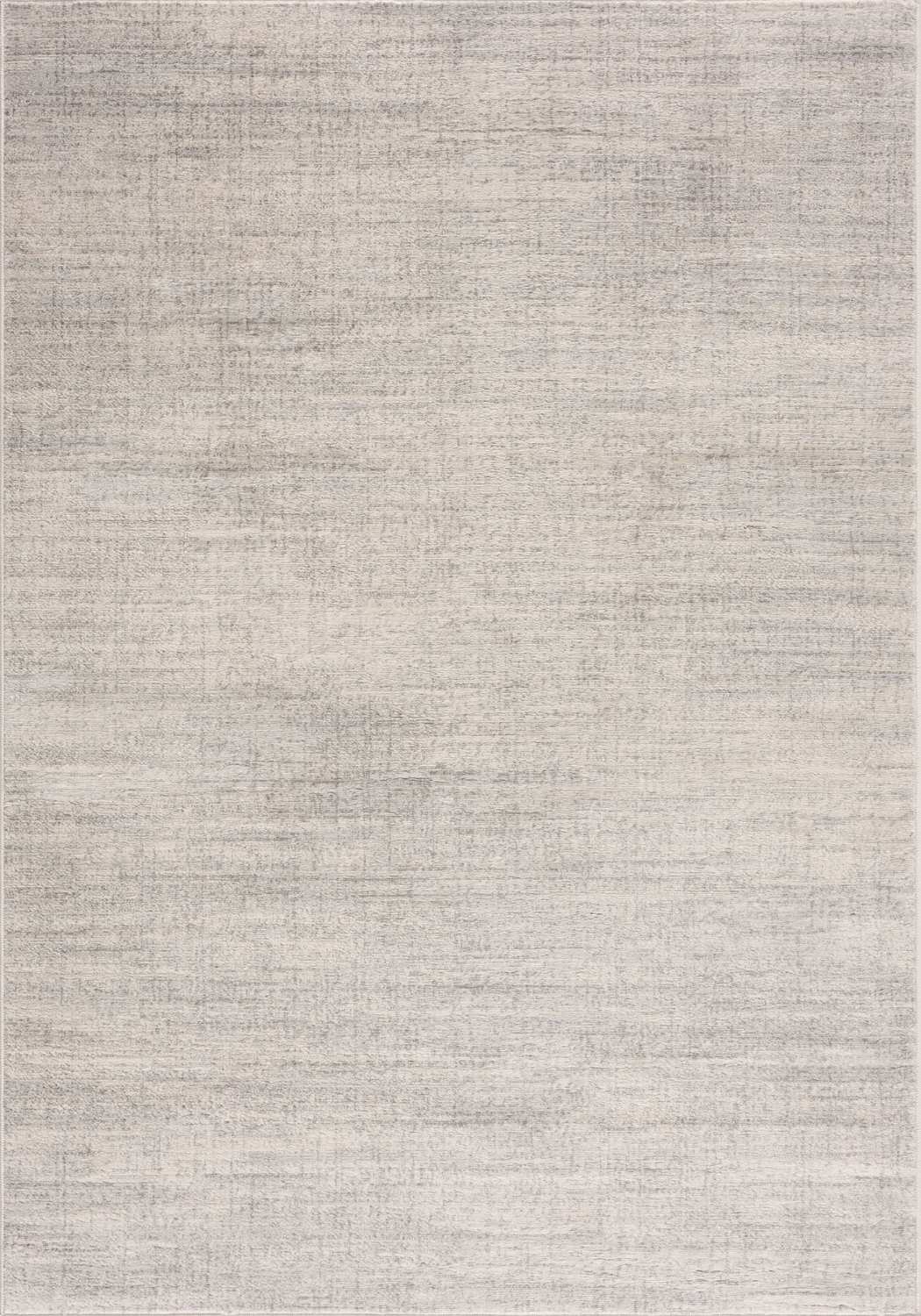
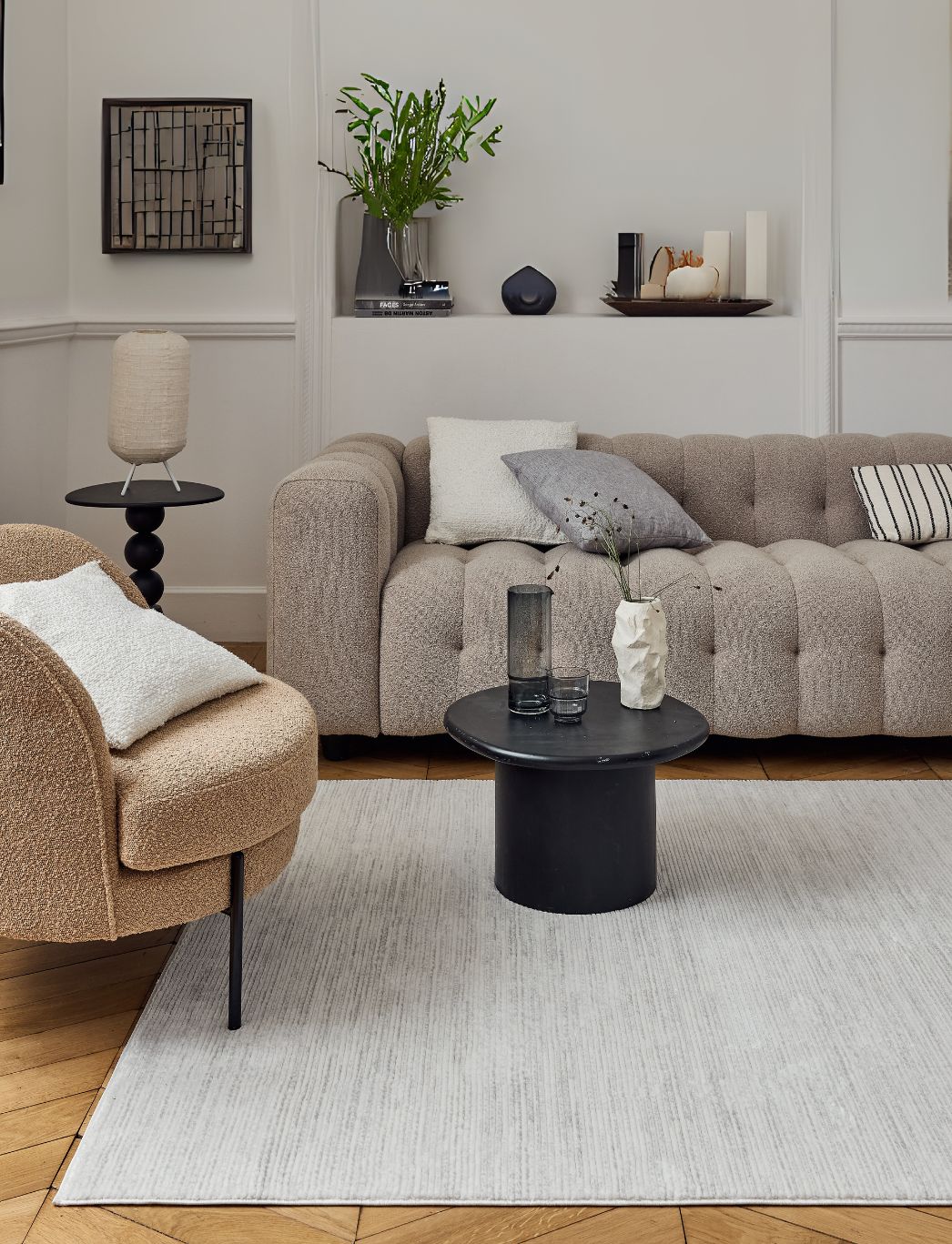

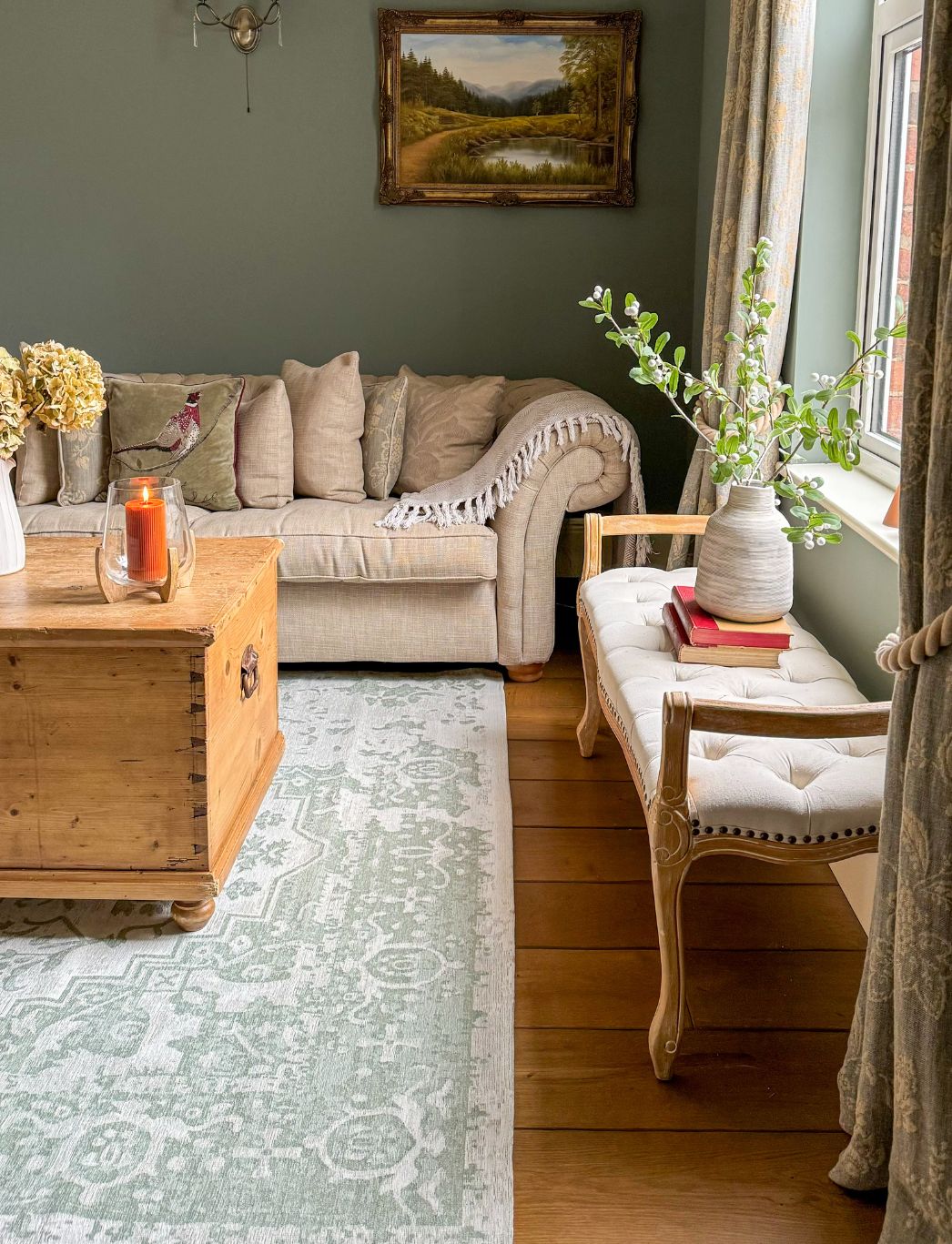
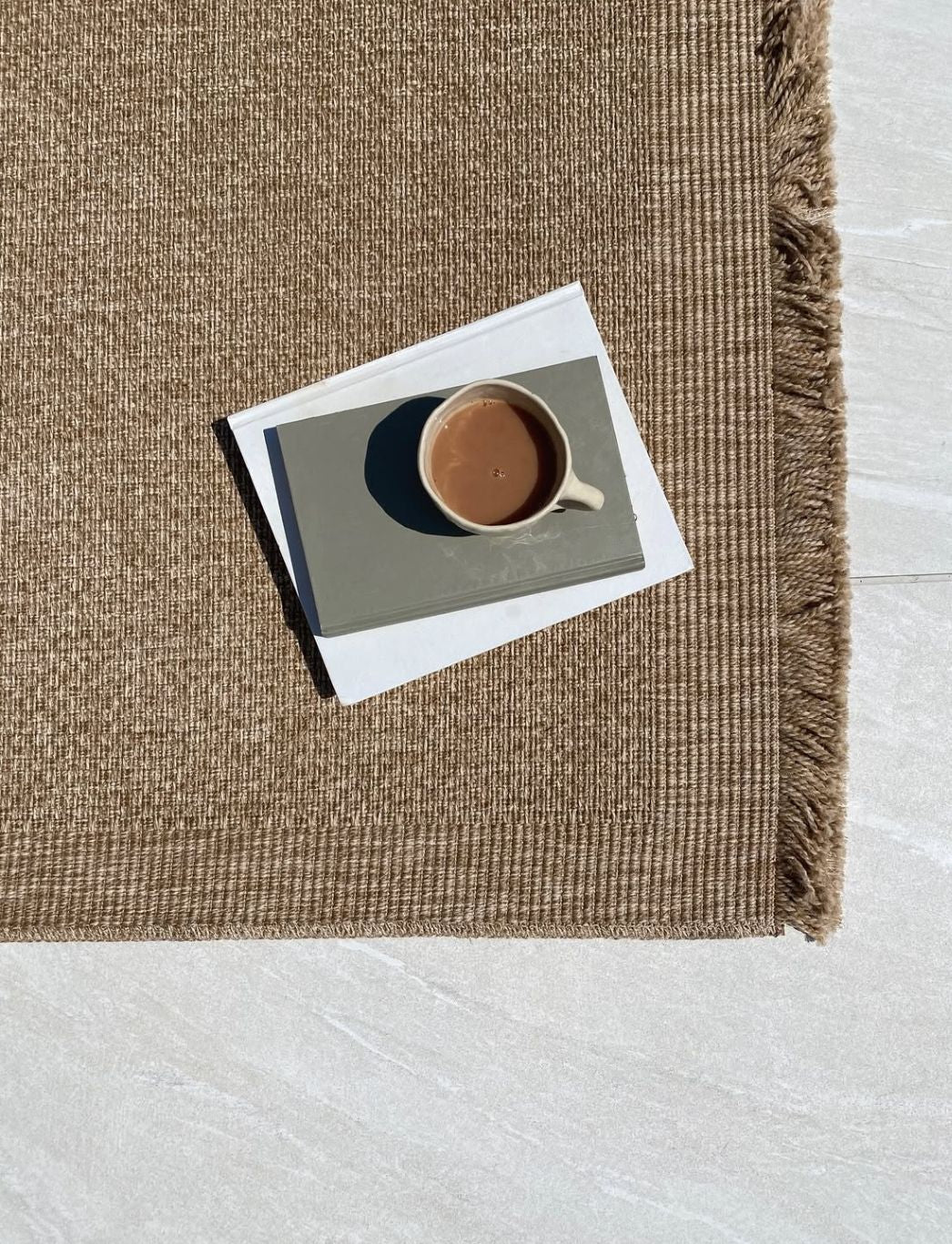
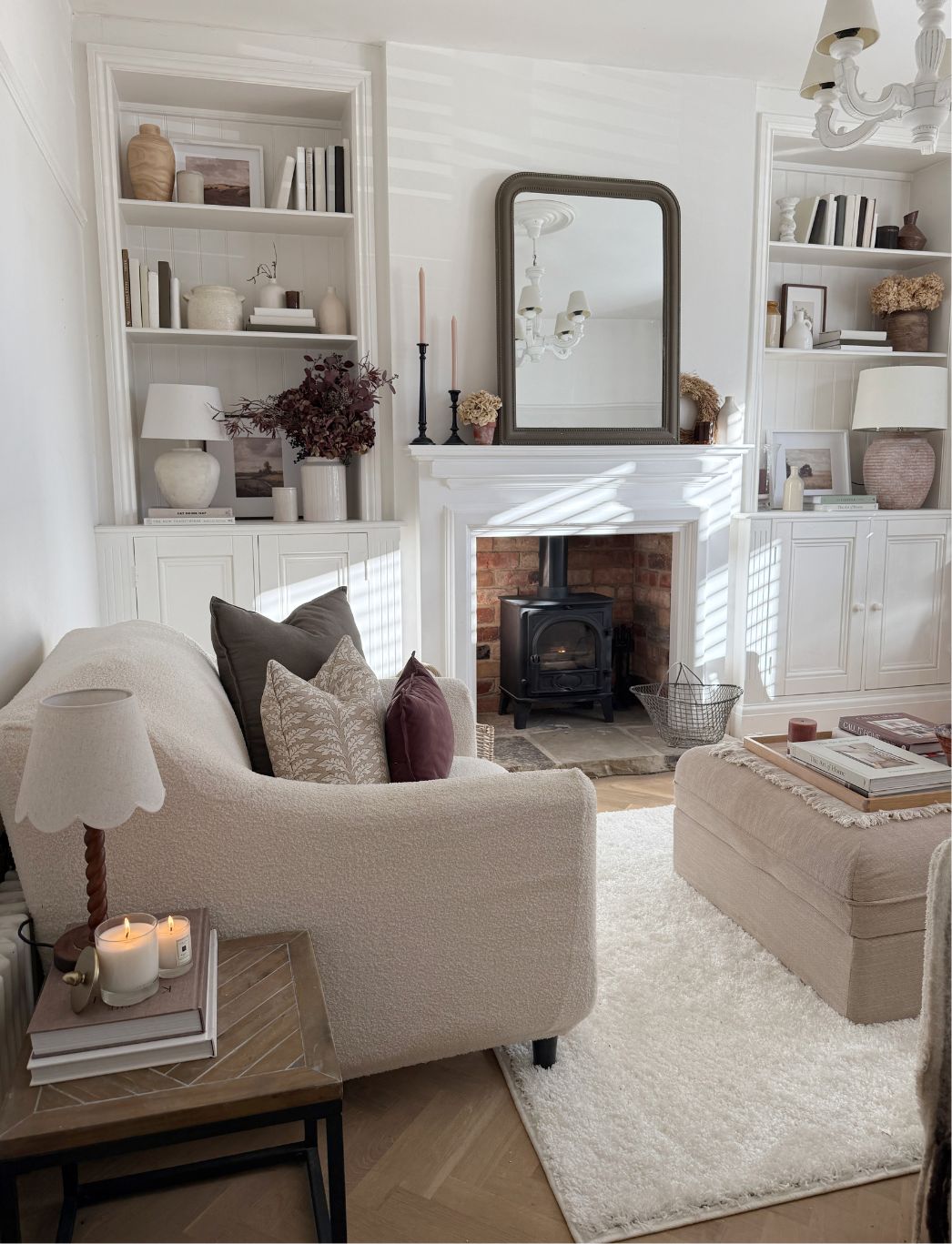
Leave a comment